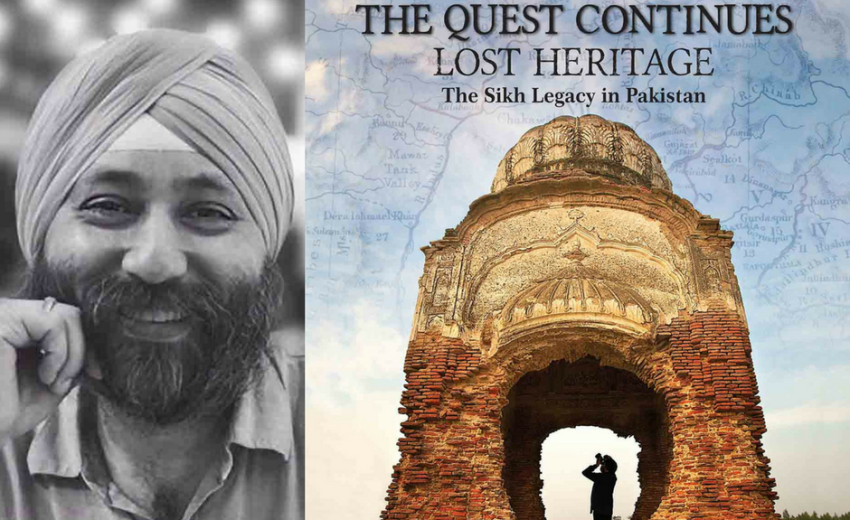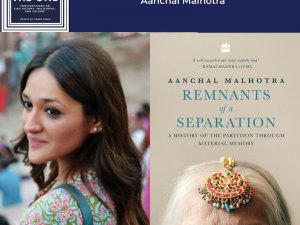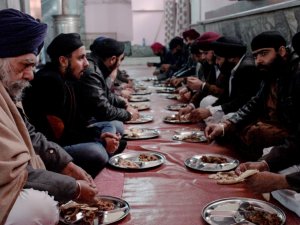- Listen to an interview with Amardeep Singh about The Quest Continues on episode 2 of my podcast The One: Conversations on Sikh History, Philosophy, and Culture.
What’s it about?
Amardeep Singh’s The Quest Continues: Lost Heritage: The Sikh Legacy in Pakistan (Himalayan Books, 2017) is the second of two books that document the remnants of the religious, architectural, social, and cultural legacy of the Sikhs in what is now Pakistan. At 500 pages, this volume is chock full of hundreds of photographs that follow the writers narrative: a travel log through Pakistan interspersed with poetic reflections and digestible bits of historical context. The book’s main goal is to introduce readers to the physical remains of the incredibly vast world of what was once the Sikh empire and subsequent Panjabi society that continued until India’s Partition in 1947. Along with an architectural legacy, we are also introduced to the remaining pockets of Sikh communities in India and how they are in many ways unique in comparison to their Indian and diasporic counterparts. What began as one man’s journey to see the lands of his ancestors became a quest to document as much of this deteriorating legacy as possible before it is gone.
A hidden Panjabi past
By seeing this physical history, hearing stories from Partition’s survivors - some of whom still remain in their ancestral villages, and some historical context from the author, we begin to get a glimpse of a past obscured by the mysts of history. Singh is working to show the remains of a pan-Panjabi trans-religious culture - a Panjabiyat - that was irreparably fractured in 1947 in the horrifying violence of Partition. The examples he gives us are striking: the external walls of gurdwaras decorated with images of Hindu cosmological characters and “Allah” written in beautiful calligraphy, syncretic temples melding religious images into one place of worship, and still-hanging donor plaques on mosques, gurdwaras, and temples bearing names of patrons from across religious boundaries. Readers of Punjabi history may have come across works that identify the relatively modern nature of the stark religious communal boundaries of today, but seeing physical evidence of it in photographs is a memorable thing.
I appreciated Singh’s focus on this syncretic Panjabi past. Its fracture is something that has long interested me and has pointed me to further investigate colonial alteration of Indian culture, particularly Sikh philosophy and culture. I wanted Amardeep to go deeper into the investigation of how this history came to pass, but to be fair, it is not the focus of this book. He succeeds in planting the seeds to investigate further by exposing the tip of the iceberg of this physical history.
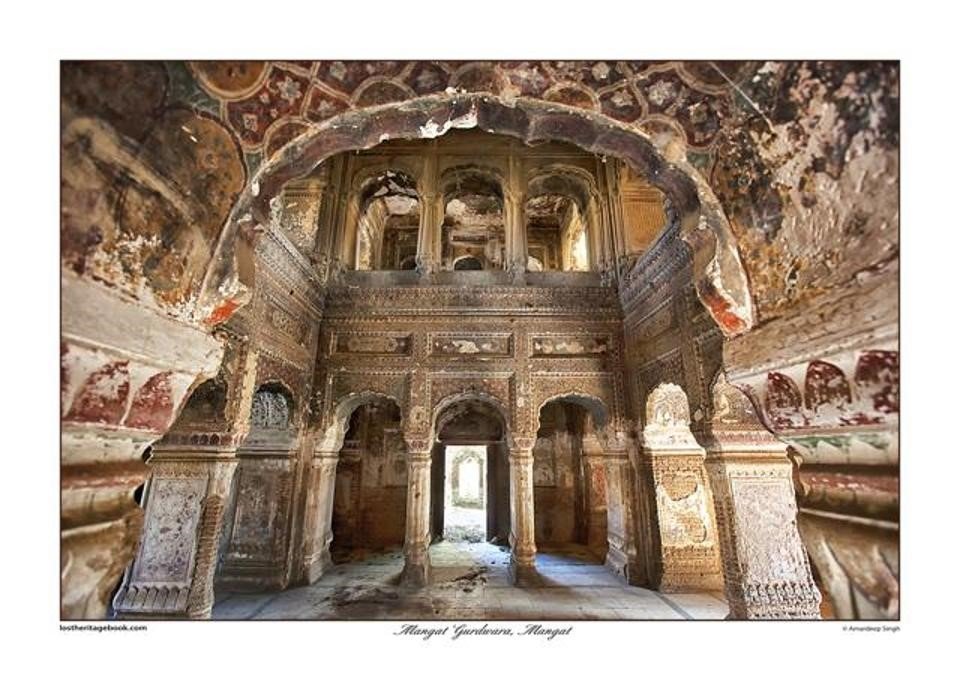
A whole new universe to study
The implications of the vastness of this legacy are important. There is yet so much to be seen and ostensibly to be preserved and studied. Not only is there much to learn from the architectural legacy but also of the Sikh communities that still exist there today.
The Sindhi’s are a particularly fascinating community. Nanakpanthi Sikhs, they venerate Bhai Ghaneya - a Sikh famous for his giving of water to both Sikh and Mughal wounded on a battlefield in the time of Guru Gobind Singh. Seeing his helping the enemy by his fellow Sikhs, he was threatened and brought before the Guru. When interrogated by the Guru as to why he would come to the aid of the enemy, he responded that when he looked into the face of each man, he could only see the face of his Guru. So absorbed with the cosmic love of the infinite source of all beings, he could not see an enemy - an “other” - even in the faces of men whose mission was in the extinguishing of Sikh lives. The Guru was impressed and agreed with Ghaneya. Ultimately, the Guru asked him to travel to Sindh to spread the philosophy which inspired this beautiful vision of the world. To this day, the Siri Guru Granth Sahib holds court at the center of Sindhi places of worship alongside the Bhagavad gita, Sufi shrines, and Hindu idols. Though the majority of these Sikhs do not keep the outward identity associated with Sikhs, their devotion is deep and hearkens to a time when the Sikh cause was not as deeply alloyed with Singh-Khalsa identity.
Questions begging to be asked
Though the books focus is broad and its treatment of the vast array of topics is intentionally introductory, it touches on subjects with larger contextual importance and forces us to begin to asks questions: was Partition necessary? Why did it happen and who did it benefit? What shaped the mindset that triggered communities to turn on each other? What happened to the syncretic nature of Panjabi society? What explains the differences between Pakistani Sikh communities and their fellow Sikhs across the border?
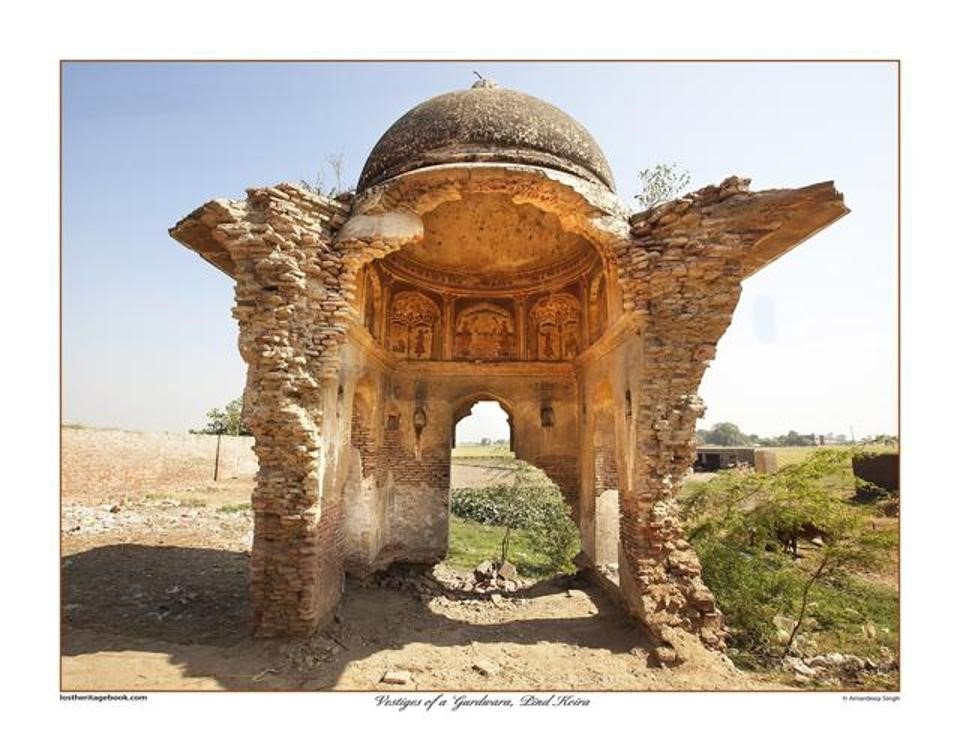
Invaluable works
These books are invaluable and worth every penny. Labors of love, these are founding works for what can hopefully become a much larger area of study. They’re accessible in their content, fun to read, and beautiful to behold. The large print displayed alongside hundreds of photos makes the large book surprisingly quick to read. The large hardcover format makes them elegant pieces to display among your collection and would be meaningful gifts to anyone interested in the subject - particularly those with ancestry now placed in Pakistan.
You can buy The Quest Continues on Amardeep’s website here: http://lostheritagebook.com/shop/
Listen to our interview where we discuss these topics and more on The One here: http://theonepodcast.com/episodes
